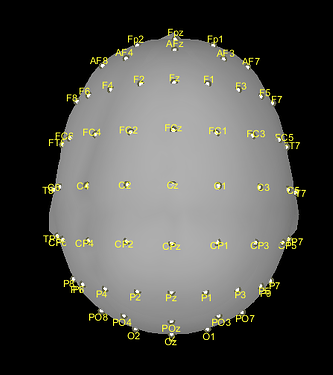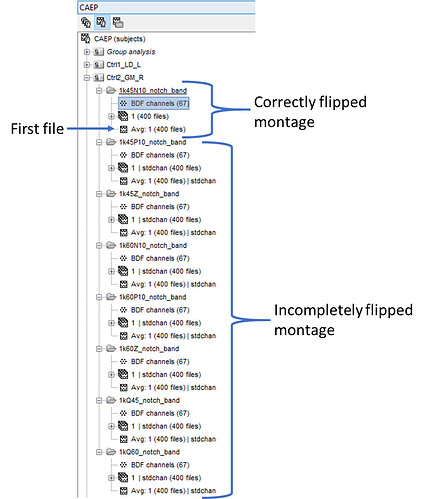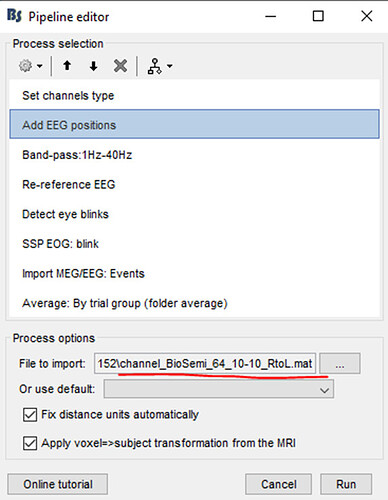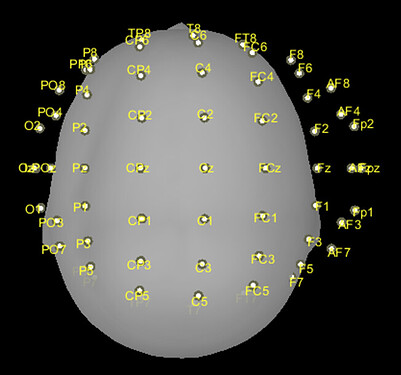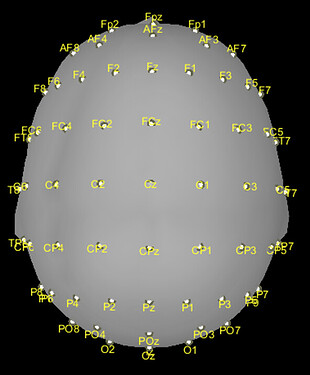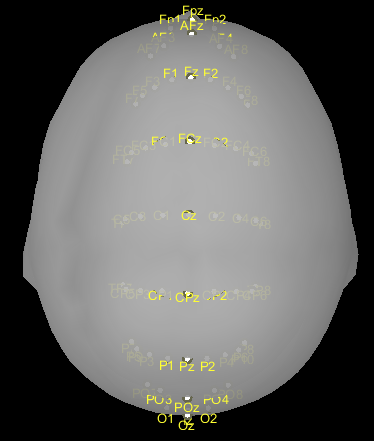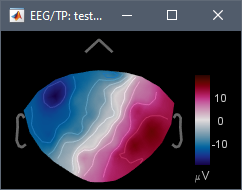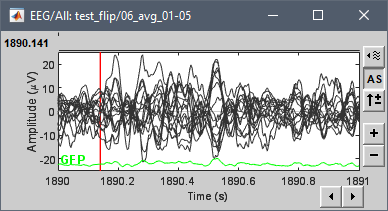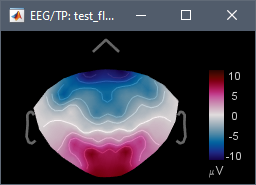Indeed. It needs to rewrite completely the channel and data files, and this is only possible with imported data.
If you want to rewrite the entire recording sessions, a possible hack would be to import the entire session as one file (do not use the events or split options in the Import window, apply the process "Uniform list of channels", and then right-click on the imported+edited files > Review as raw.
Is there no other way to do this other than manually changing the channels?
You can write a script to do it: https://neuroimage.usc.edu/brainstorm/Tutorials/Scripting
What else do you have in mind?
I have 7 people with left intact ears and 6 people with right intact ears. Each participant goes through 8 different conditions therefore if I want to flip the 6 (right intact ear) people to the left, I would have to do this 48 times.
For each subject, if all the sessions are acquired with the same setup, you just need to this once, and the copy-paste the channel file to the other conditions.
If the various subjects in the group you want to modify have all the same list of recorded channels (in the exact same order) and you use the same default positions for all of them, then you could probably copy-paste the edited channel file to all the subjects. In this case you'd need to edit the channel file only once.
The electrode positioning comes first before my analysis pipeline (e.g. bandpass filter and DC offset) therefore whatever process that would require must be able to process links to raw files (which the above process cannot handle).
If you copy-paste channel files between recording sessions or subjects, you should do it prior to any other ICA or re-referencing procedure (which result in linear operators saved in the Projector field of the channel file).
Band-pass filters and baseline correction do not cause any modification of the channel file, so there is no particular order in which you should do it. You can do the follwoing: 1) filter, 2) import/epoch, 3) replace the channel file, 4) Rewrite the files with the process "Uniform channel file".
bandpass filter and DC offset
If you apply a band-pass or high-pass filter to your data, you probably don't need to do any DC correction.
